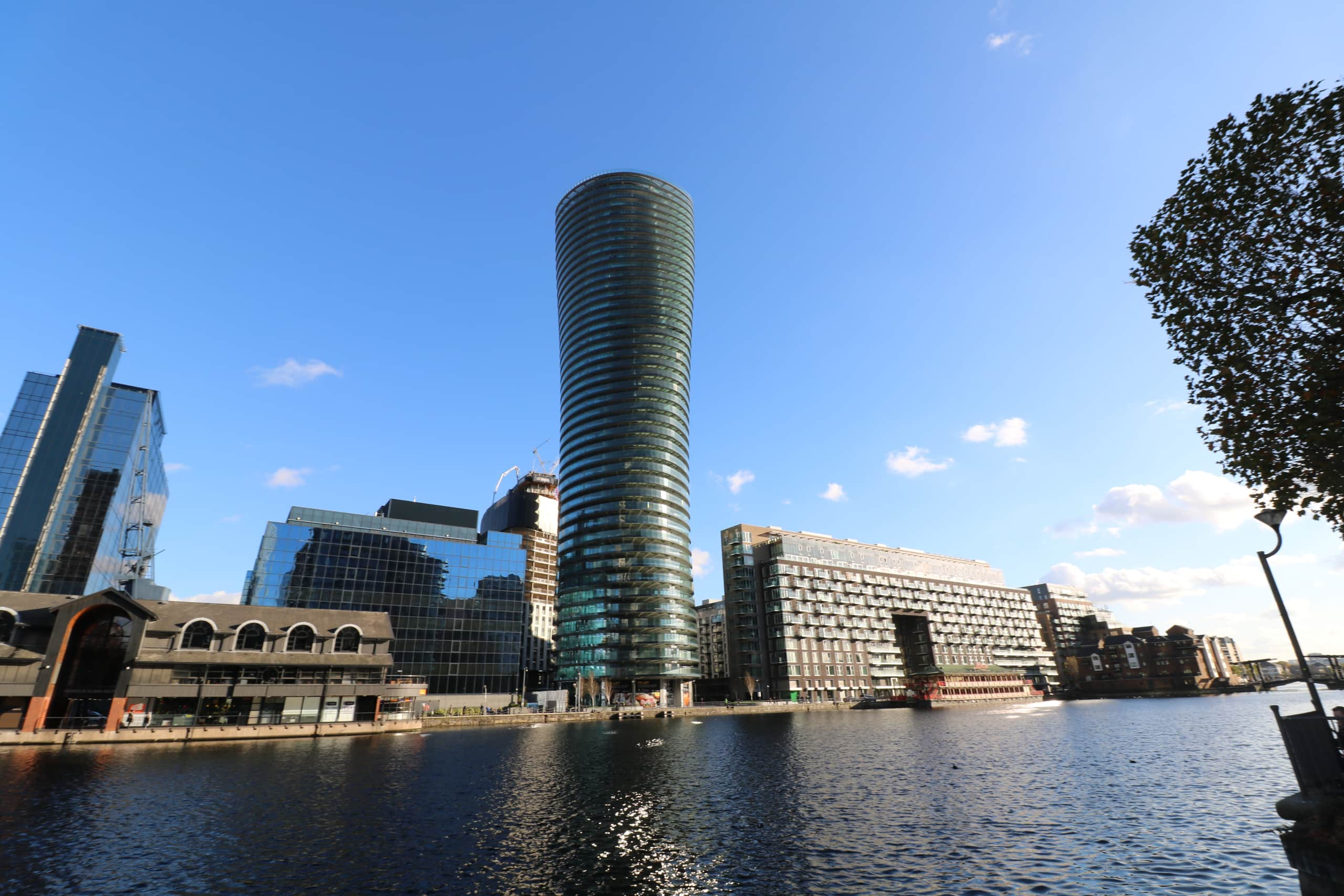What Makes Construction Products Truly Sustainable?
In the ever-evolving landscape of sustainable construction, deciphering the various certifications and standards can be a daunting task. Understanding if a construction product is truly sustainable is even harder.
With the industry’s push towards more eco-friendly practices, understanding the nuances of terms like Carbon Neutral, Net Zero, Science Based Targets (SBTi), and PAS 2060 becomes imperative. This article delves into the standards, offering a clear comparison and highlighting how they contribute to the sustainability of construction products.
The journey towards sustainability in the construction industry is marked by various certifications and standards, each with its distinct focus and methodology. This exploration delves into Carbon Neutral, PAS 2060, Science Based Targets (SBTi), and Net Zero, providing a clear understanding of what they entail, along with their advantages and limitations. Additionally, we’ll outline a typical journey from initial carbon neutrality to the ultimate goal of Net Zero, highlighting how these steps contribute to a comprehensive sustainability strategy.
Carbon Neutral
Carbon Neutrality is the first step towards sustainability, where a company offsets its carbon emissions to achieve a net-zero carbon footprint. This involves measuring emissions, establishing a benchmark, and implementing a carbon management plan.
Pros:
- Immediate Impact: Provides a quick way to address carbon emissions.
- Flexibility: Allows companies to choose from various offsetting options.
Cons:
- Temporary Solution: Does not necessarily lead to a reduction in emissions.
- Quality of Offsets: The effectiveness and sustainability impact of offsets can vary significantly.
PAS 2060 Standard
The PAS 2060 standard is a certification that offers a structured framework for achieving and demonstrating carbon neutrality, requiring precise measurement, a robust management plan, and the purchase of high-quality Gold Standard offsets.
Pros:
- Credibility: Ensures that claims of carbon neutrality are backed by rigorous, verified actions.
- Quality Assurance: Mandates the use of high-quality offsets, contributing to more impactful environmental projects.
Cons:
- Complexity: The certification process can be intricate and demanding.
- Cost: The requirement for Gold Standard offsets and the certification process will involve higher expenses.
Science Based Target Initiative (SBTi)
Science-Based Targets are a strategic approach that guide companies in setting emissions reduction targets in line with global efforts to limit warming, offering a clear and scientifically validated pathway for reducing greenhouse gas emissions.
Pros:
- The ultimate route. Net Zero is generally considered as an ultimate goal. We like to see it as the ultimate journey as Net Zero is a major focus and futuristic BHAG or milestone but sustainability doesn’t stop at Net Zero.
- Scientific Validation: Ensures that targets are ambitious yet achievable and aligned with global climate goals.
- Long-term Strategy: Encourages the implementation of sustainable practices that contribute to significant emissions reductions over time.
Cons:
- Implementation Challenges: Achieving science-based targets can require substantial changes to operations, which may be difficult for some companies.
- Time and Resources: The process demands a long-term commitment and potentially significant investment.
Net Zero
Net zero is one of the big buzzwords defined and interpreted different ways by various standards, guides and institutions. Despite the confusion and complexity of how they differ, fundamentally the goal of all is eliminating the negative impact of a company’s, products or buildings emissions, extending beyond carbon to encompass all greenhouse gases. This involves reducing emissions as much as possible and offsetting a very small amount of ‘residual’ remaining emissions.
Pros:
- Comprehensive Approach: Addresses all types of greenhouse gas emissions, offering a holistic path to sustainability.
- Innovation and Leadership: Encourages innovation and sets a company apart as a leader in sustainability.
Cons:
- Complexity and Cost: Achieving Net Zero can be complex and costly, requiring advanced technologies and strategies.
- Long-term Commitment: It’s a long-term goal that requires ongoing effort and adaptation.
The Sustainability Journey
Typically, companies begin their sustainability journey by aiming for Carbon Neutrality, making immediate changes to offset emissions. The next step involves attaining PAS 2060 certification, which adds rigor and credibility to the carbon neutrality claim. Generally seen as a gateway to walking the walk. Progressing further, companies adopt Science Based Targets to align their emissions reduction efforts with global climate goals. Ultimately, the most significant carbon milestone is Net Zero, representing a comprehensive and sustained commitment to eliminating environmental impact. The more data-led the approach the better.
Key Conclusions
We can draw three clear conclusions from our research. That incremental progress is key, that a strategic approach can help with long-term commitments and that quality and credibility are crucial to proving a company’s progress.
Sustainability in construction is a journey that involves progressing through stages, each with its own focus and benefits. Moving from Carbon Neutral to Net Zero requires a strategic approach, considering both immediate actions and long-term commitments. Finally, the credibility of sustainability claims is crucial – using credible and rigorous standards like PAS 2060 and the SBTi can be the difference between being market leaders investing in action and greenwashing.
Sapphire’s Sustainability Journey
At Sapphire Balconies, we’re proud to be committed to this strategic approach to sustainability. As the first balcony company to commit to Science Based Targets in the world, Sapphire isn’t just aiming to collect certifications like PAS 2060, but instead moving from milestone to milestone with the intention of paving a pathway to Net Zero. Our commitment reflects a broader vision for sustainability that is detailed in our Vision 2030, which outlines ambitious goals for reducing environmental impact and fostering sustainable development within the construction industry and beyond.
For more insights into Sapphire’s approach and Vision 2030, we encourage a visit to our website, where our dedication to sustainability and innovative practices are on full display.
